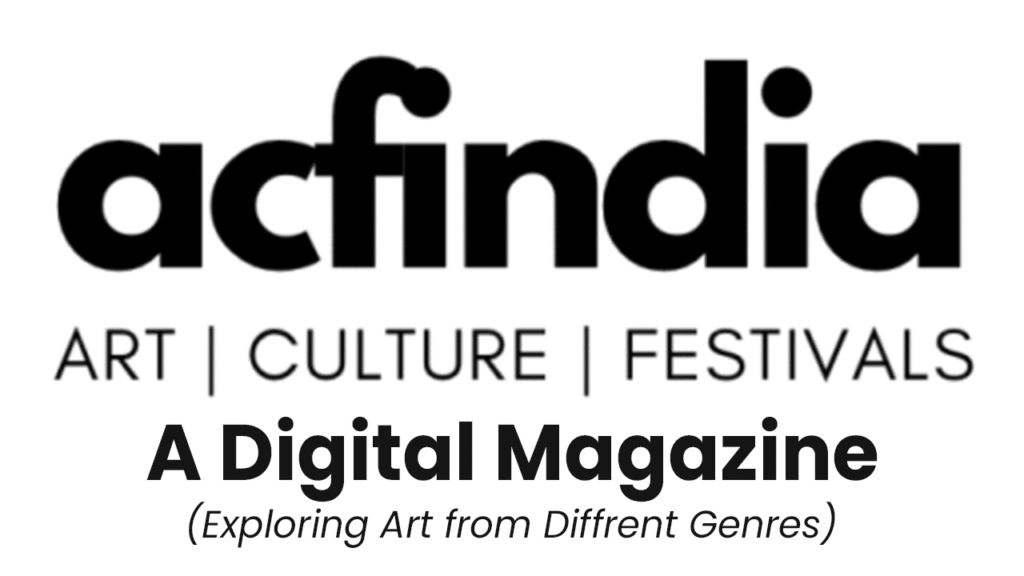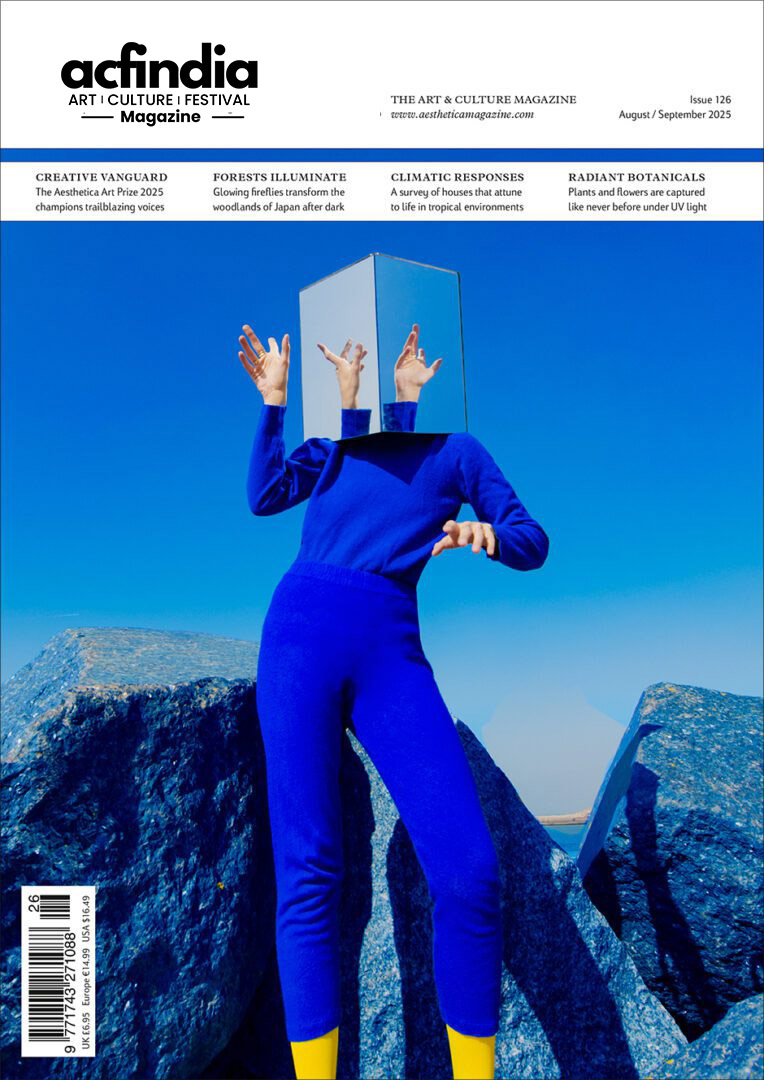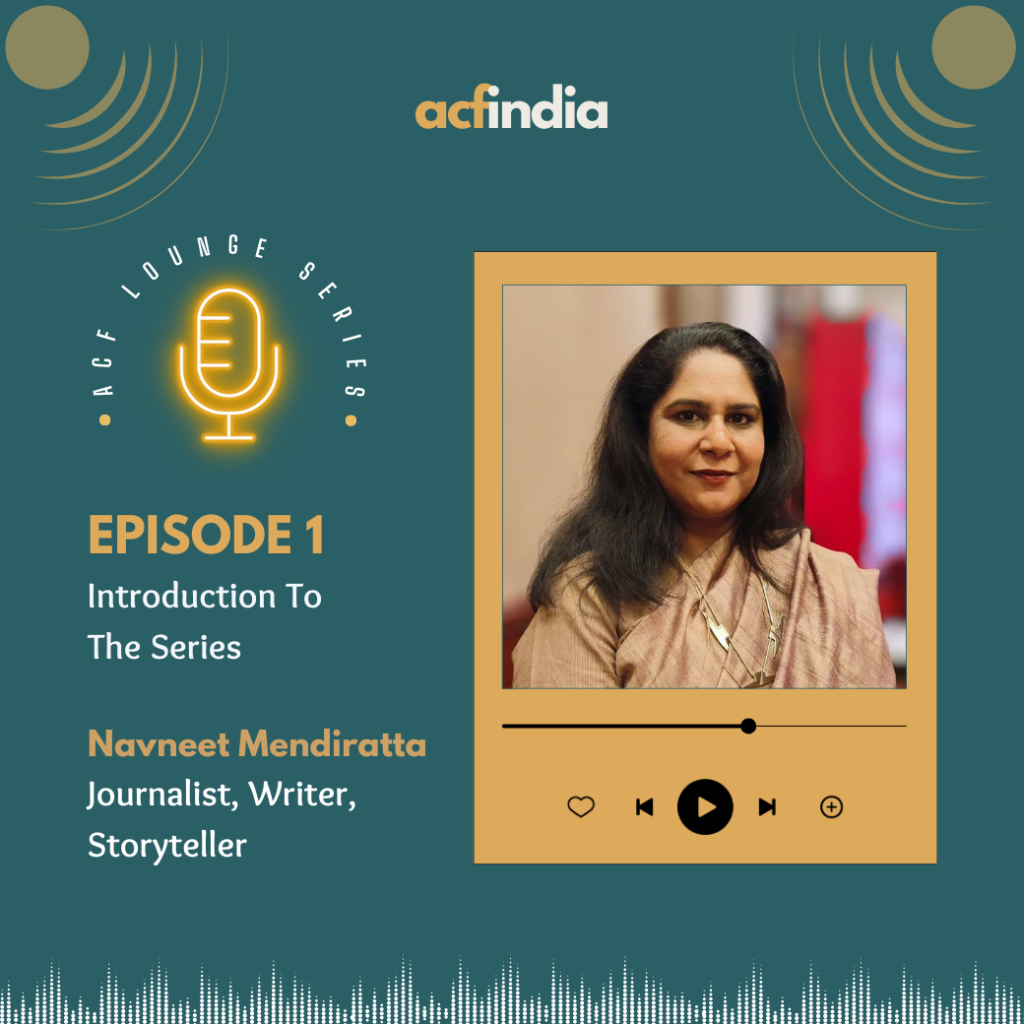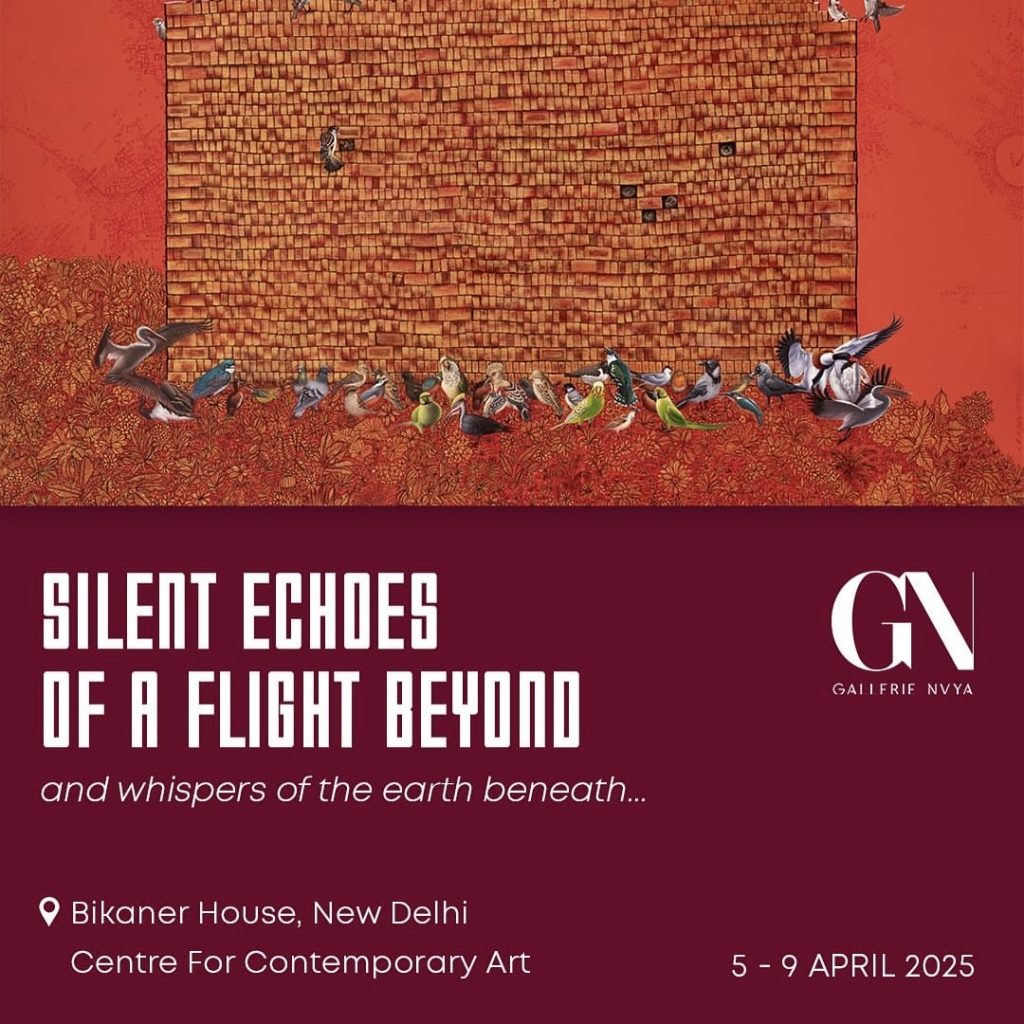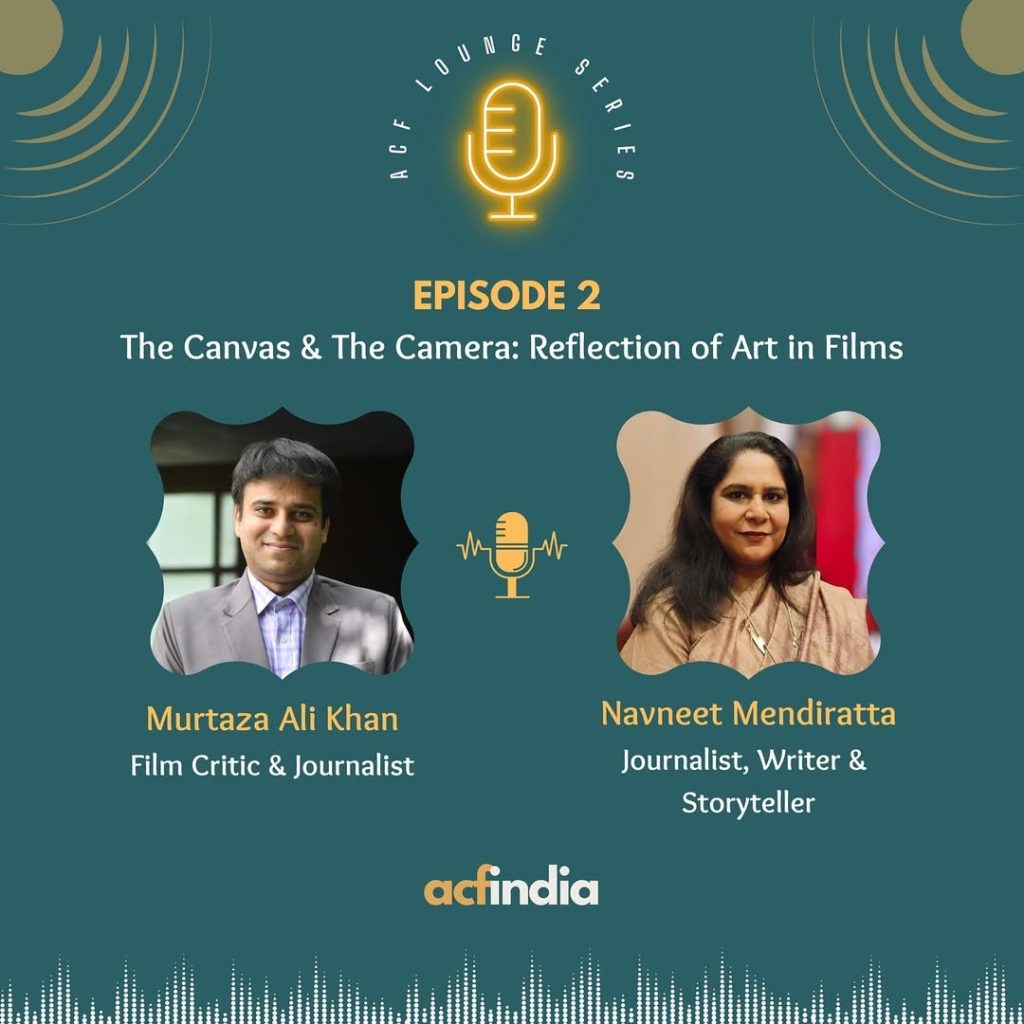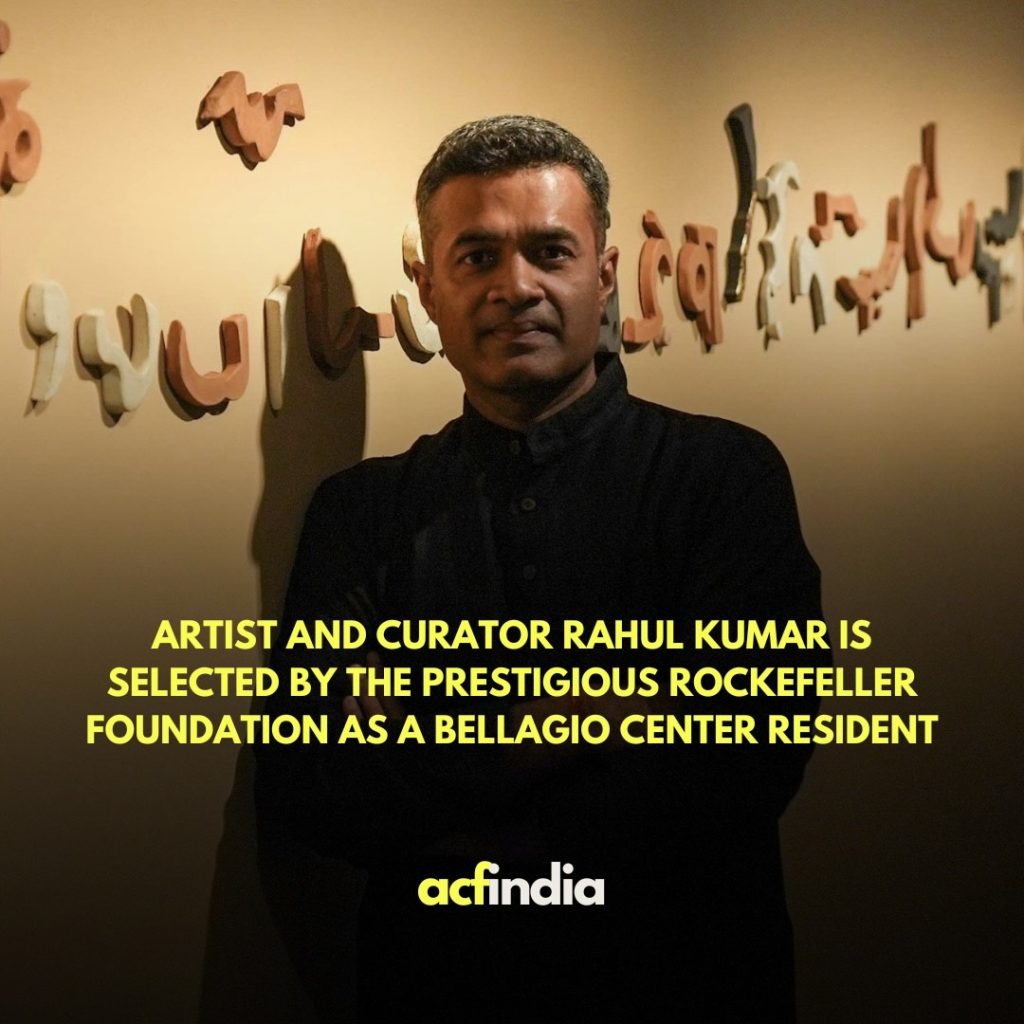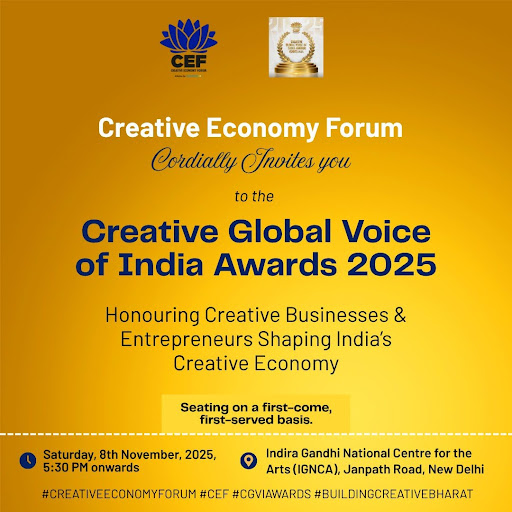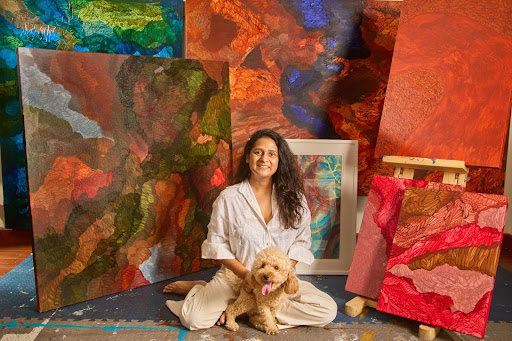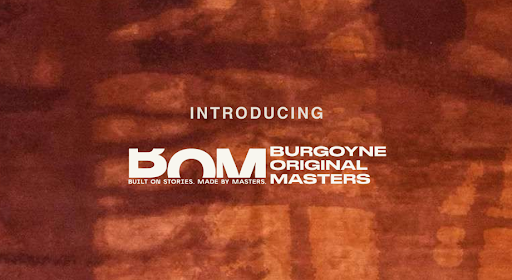Interview By: Chahat Sharma
When glass meets memory, it is not just about what reflects, but what it remembers. Stories… in Glass, on view at Travancore Palace, New Delhi, is not just an exhibition; it is a lived biography cast in light. Presented by The Glass Makers Club and Bawa Glass Company, the show traces over three transformative decades of Padma Shri awardee Hemi Bawa, a true pioneer who introduced cast glass into the fabric of Indian contemporary art long before it had a language or infrastructure in the country.
Curated by renowned ceramic artist and scholar Dr. Kristine Michael, and brought to life spatially under the artistic direction of Ashwini Pai Bahadur, the exhibition unfolds across three emotional and geographical landscapes: Delhi, Kasauli, and Goa, each mirroring the chapters of Bawa’s own life. From Mughal jaalis to hydrangeas and Goan flower sellers, her sculptures bridge architecture and intimacy, resilience and surrender, opacity and illumination.
In this interview, we step into the molten heart of that journey, exploring the discipline and danger of glassmaking, the quiet geographies of inspiration, and the alchemy of turning memory into material. What follows is not just conversation, but testament to a woman who forged her own furnace when none existed, and to two visionaries who shaped her narrative for the world to witness.

1.Your journey with art began at Triveni Kala Sangam under the mentorship of Rameshwar Broota. Looking back, was there a moment or experience there that quietly foreshadowed your later relationship with glass?
Hemi Bawa: My time at Triveni Kala Sangam under Mr. Rameshwar Broota was foundational. It was an environment full of dialogue and quiet observation – we would all gather for tea around 11 a.m. to exchange thoughts and critique each other’s work. Mr. Broota’s mentorship was subtle yet powerful; he encouraged independence rather than imitation. Those years trained my eye to observe light, form, and depth – qualities that would later become central to my glass practice, even though I did not realize it at the time.
2. Cast glass was an almost unknown medium in India when you began working with it. What was the moment of ignition that pushed you to claim it as your own personal medium?
Hemi Bawa: It began quite accidentally. In the late eighties or early nineties, I placed some clay in a furnace and sprinkled glass over it. The results captivated me – that fusion of elements felt alive. Later, while travelling in Europe, I saw cast glass up close and was drawn to its texture, ruggedness, and distinct personality. Blown glass did not appeal to me; it felt too decorative. Cast glass, on the other hand, had strength, density, and mystery – and I knew then that it was my language.

3.You set up your own glass studio and furnace at a time when no infrastructure for this medium existed. What did those early days of experimentation, between trial, error, and discovery, feel like?
Hemi Bawa: Those early years were a mix of frustration and exhilaration. India did not have any facilities for cast glass – no furnaces, no technicians – so I imported a small round furnace from England and began experimenting on my own. I worked mostly by trial and error, learning how heat, timing, and material behaved together. I often had pieces crack or fail, but those mistakes taught me everything I now know. Over the years, I built my own larger furnaces and gradually gained control, but I still feel that every firing carries a sense of risk and wonder.
4.Your practice spans three personal geographies: Delhi, Kasauli, and Goa. How have these places shaped different emotional chapters of your work, especially the stories that emerge in this exhibition?
Hemi Bawa: Each place holds a distinct emotional rhythm. Delhi has always been my anchor – the city where I was born, studied, and worked – it gave me structure and discipline. Kasauli, with its quiet beauty and blooming hydrangeas, became my place of reflection and solitude; the natural forms there inspired many of my floral series. Goa, on the other hand, opened up a new sense of freedom – the sea, the tulsi tree, the markets, and the women selling flowers gave me stories of strength, resilience, and devotion. Together, these landscapes form the emotional and material vocabulary of my work.
5.From Mughal arches and jaalis in Delhi to the hydrangeas of Kasauli and the flower women of Goa, you translate memory into material. How do you choose which impressions from life are worth going into the furnace?
Hemi Bawa: For me, it is instinctive. Certain images, gestures, or textures stay with me – the pattern of a jaali, the way a flower bends in the light, or a moment of silence in prayer. These impressions often return to me while I am in the studio, and that is when I know they are ready to take form. I never plan a work in a linear way – it is more about what memory insists on being made visible.
6.The body of work in “Stories… in Glass” carries both permanence and vulnerability. What does glass allow you to express that no other medium could?
Hemi Bawa: Glass mirrors the contradictions of life – strength and fragility, light and shadow, endurance, and impermanence. It reflects and contains at the same time. I’ve worked with other materials like clay and metal, but glass holds a kind of spiritual transparency that allows emotion to move through it. It is a medium that demands surrender, yet it also preserves memory in its purest form.
7.You have paired glass with copper, ceramic, fibreglass, and even recycled windscreens. When you embed materials inside glass, are you thinking in terms of narrative, texture, resilience, or something more symbolic?
Hemi Bawa: All of those, really. I often think of glass as a vessel that can hold stories – so when I embed copper or fibreglass, it is both for texture and symbolism. Copper, in particular, has become integral to my process because it is one of the few metals that survives firing. Its changing patinas and colours speak of transformation, which is at the heart of my work. I also use recycled glass because I believe in giving new life to discarded materials – there is something poetic about that cycle of renewal.

8.The exhibition touches on ideas of healing and touch. How did these quieter inner themes begin to surface in your sculptures over the years?
Hemi Bawa: The idea of healing entered my work gradually, almost without my noticing. Over time, I found myself drawn to hands – the gesture of laying on hands, of touch, of care. In works like Healing and Celebrating Women, the idea of connection and compassion became central. For me, it is not about depicting healing literally, but about evoking that energy – the quiet power that comes from empathy and togetherness.
9.Working with fire, weight, and unpredictability, your practice borders on both control and surrender. What has this medium taught you about yourself as an artist and as a person?
Hemi Bawa: Glass constantly reminds me that control is an illusion. You can prepare everything perfectly – the mould, the temperature, the mix – and still, the kiln has its own will. That unpredictability has taught me patience and humility. It has also taught me to trust intuition – to allow the material to lead at times. In that sense, my relationship with glass mirrors life itself: a balance between control and surrender, intention, and accident.

Hemi Bawa
ASHWINI PAI BAHADUR
1. As the artistic director for this exhibition, how did you approach translating Hemi Bawa’s decades-long journey with glass into a cohesive visual and spatial narrative?
Ashwini Pai Bahadur: I wanted the exhibition to unfold like a journey – from intimacy to expansiveness. Each section corresponds to a geography and a memory: Delhi, Kasauli, and Goa. The idea was to let the viewer experience Hemi’s evolution not just through the works, but through how the spaces breathe — from the architectural resonance of the Mughal series to the organic lightness of the florals and the meditative stillness of the healing works. My role was to make the transitions feel fluid, like moving through her life story told in glass.
2. “Stories… in Glass” spans memory, material, and geography. What aspects of Hemi’s practice did you feel were most important to highlight for audiences encountering her work today?
Ashwini Pai Bahadur: For me, it was important to show the range and discipline behind Hemi’s practice – how a medium often seen as fragile or ornamental can also be robust, sculptural, and contemplative. I wanted people to see her as a pioneer who brought glass into the language of contemporary Indian art. The show also highlights her consistency — decades of working with one of the most demanding materials while continuing to innovate and evolve.

Ashwini Pai Bahadur
3. Glass is often perceived as fragile or ornamental, yet this exhibition positions it as architectural, sculptural, and spiritual. How did you envision shifting that perception through your direction?
Ashwini Pai Bahadur: That was a core intent. We wanted the exhibition to change how viewers perceive glass – to see it not as something decorative, but as something that carries structure, light, and meaning. The installation layout and lighting were designed to enhance its architectural quality — to make glass feel monumental rather than fragile. By allowing scale, form, and reflection to interact, we turned the space into an experience of immersion rather than observation.
4. In your collaboration with the curator and the artist, were there any moments of insight, challenge, or discovery that shaped the final presentation of the show?
Ashwini Pai Bahadur: Working with both Kristine and Hemi has been an incredibly insightful process. One of the most beautiful discoveries was how seamlessly Hemi’s works from different time periods connected when placed in dialogue with one another. The challenge lay in balancing their material diversity – from fibreglass to copper to cast glass – while maintaining visual coherence. The final show became a synthesis of those layers: a collaboration of vision, memory, and space coming together in one reflective continuum.

Stories… in Glass is not just an exhibition, it is a testament to craft as devotion, to material as memory, and to the courage it takes to build a world from fire. Whether you enter through the grandeur of her Mughal arches or the quiet tenderness of her healing hands, you will leave altered by light. Do not simply read about it and go stand before it. Let the glass speak to you. It remembers more than we imagine.
